In today’s fast-paced world, it’s crucial for companies to swiftly bring their products to market. Plastic prototyping is an innovative solution to expedite this process. Using the latest technologies, designers and engineers can create high-quality plastic prototypes quickly and affordably.
This advanced method allows companies to transform their ideas into physical forms and test them before production. Plastic prototyping enables early detection and rectification of potential design flaws, resulting in enhanced final product quality.
Our technical article will shed light on the various technologies and processes in plastic prototyping, including 3D printing, CNC machining, and injection molding. We’ll also explore the advantages of these technologies for businesses and their product designs.
Whether you’re an engineer, designer, or entrepreneur, plastic prototyping is a groundbreaking way to swiftly and successfully bring your innovations to market. Dive into the world of plastic prototyping with us and discover the numerous opportunities it opens for you and your company!
What is Plastic Prototyping?
Plastic prototyping involves creating models or prototypes of a product using plastic. These prototypes serve to test the design, identify potential flaws or improvements, and verify functionality before the product enters production. Plastic prototyping provides a cost-effective means to visualize and refine product ideas before expensive tools are made for mass production.
In the past, prototypes were often made from metal or other materials, which could be expensive and time-consuming. Plastic prototyping enables companies to rapidly and affordably produce prototypes that match the final product specifications. This allows companies to bring their products to market faster while reducing costs and risks.
Plastic prototyping encompasses various technologies and processes, including 3D printing, CNC machining, and injection molding. Each of these technologies has its own benefits and applications, which we’ll delve into further in this article.
Advantages of Plastic Prototyping
It offers a multitude of advantages for businesses and their product development. Here are some of the key advantages:
-
- Speed
One of the biggest advantages of plastic prototyping is the speed at which prototypes can be produced. Compared to conventional prototyping methods like manual modeling or CNC milling, plastic prototyping allows much faster prototype production. This is particularly crucial for rapidly bringing products to market and gaining a competitive edge.
-
- Cost Savings
Plastic prototyping is generally more cost-effective than other prototyping methods. The use of plastic as a material is often more economical compared to metal or other materials. Furthermore, rapid prototype production enables more efficient resource utilization and reduces overall costs for prototype development.
-
- Error Detection and Improvement
Through plastic prototyping, potential design flaws can be identified and rectified early on. Prototypes allow developers to test the design, verify functionality, and identify potential issues before the product enters production. This results in higher product quality and reduces the risk of costly errors or recalls after production launch.
Applications of Plastic Prototyping
It finds applications in various industries and areas. Here are some examples of its diverse applications:
-
- Product Development
Plastic prototyping is an integral part of the product development process. Companies can use prototypes to visualize new product ideas, test the design, and make potential improvements. This enables them to bring their products to market faster and better meet customer requirements.
-
- Medical Devices
Plastic prototyping plays a crucial role in the development of medical devices. Medical devices often require complex designs and tight tolerances to ensure safety and efficacy. By using plastic prototypes, companies can test and optimize the functionality and design of their medical devices before going into production.
-
- Automotive Industry
The automotive industry utilizes plastic prototyping to develop and test new vehicle designs. Prototypes enable designers and engineers to review the vehicle design, test aerodynamics, and identify potential issues before mass production begins. This reduces costs and risks in the development process, resulting in better vehicles in the market.
Process of Plastic Prototyping
Plastic prototyping involves various steps and processes that can vary based on project requirements. Here are the fundamental steps of the plastic prototyping process:
-
- Design
The process begins with creating a detailed design of the product. The design includes dimensions, shapes, functionalities, and material requirements of the prototype. It’s crucial for the design to meet all necessary specifications and align with the project’s intended product.
-
- Material Selection
Selecting the right material is a critical step in plastic prototyping. Different plastics possess varying properties such as strength, flexibility, temperature resistance, and chemical resistance. Choosing the appropriate material depends on project requirements and the desired prototype properties.
-
- Prototype Manufacturing
Once the design is created and the material is selected, the prototype manufacturing can commence. Depending on project requirements, various technologies can be employed, such as 3D printing, CNC machining, or injection molding. Each technology has its own advantages and applications, which will be detailed further in the article.
-
- Testing and Verification
After the prototype is manufactured, the testing phase ensues. The prototype undergoes evaluation for functionality, quality, and accuracy. If issues or improvement opportunities are identified, the design can be adjusted, and a new prototype manufactured. This iterative process allows for gradual design improvements and meeting project requirements.
Technologies for Plastic Prototyping
It encompasses various technologies and processes that can be employed based on project requirements. Here are some of the common technologies for plastic prototyping:
-
- 3D Printing
3D printing stands as one of the most revolutionary technologies in prototyping. This technology enables the layer-by-layer construction of three-dimensional objects using plastic materials. 3D printing offers high precision, fast production times, and the ability to create complex geometries. It is especially suitable for producing prototypes with intricate shapes or internal structures.
-
- CNC Machining
CNC machining is a precise and versatile method in plastic prototyping. This technology utilizes computer-controlled milling machines to cut out the desired design from a plastic block. CNC machining offers high precision, good surface quality, and the ability to work with various materials. It is particularly suitable for producing prototypes with tighter tolerances or complex shapes.
-
- Injection Molding
Injection molding is a widely-used technology in plastic prototyping and mass production. This technology uses a mold or tool to pour and shape liquid plastic into a desired form. Injection molding offers high precision, large production quantities, and the ability to use a variety of plastics. It is particularly suitable for producing prototypes that should match final product specifications.
Cost and Timeframe for Plastic Prototyping
The costs and timeframe for plastic prototyping can vary depending on project requirements. Here are some factors that can influence the costs and timeframe:
-
- Design Complexity
The complexity of the design is a crucial factor influencing the costs and timeframe for prototyping. The more complex the design, the longer it may take to manufacture the prototype and the higher the costs. Complex designs often require specialized technologies or intricate post-processing steps to achieve desired results.
-
- Material Selection in Plastic Prototyping
Choosing the right material can also impact costs and timeframe. Some plastics may be more expensive than others based on their properties and availability. Furthermore, certain materials might require longer manufacturing times or additional processing steps to achieve the desired prototype properties.
-
- Technology and Process
The chosen technology and process for plastic prototyping can also affect costs and timeframe. Some technologies are quicker and more cost-effective than others depending on project requirements. It’s important to consider the pros and cons of each technology and select the one that best aligns with the project goals.

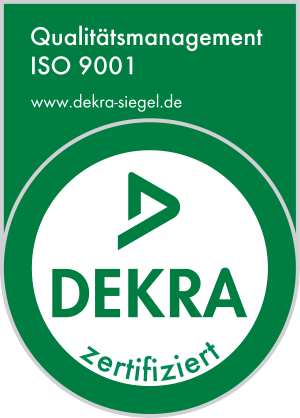
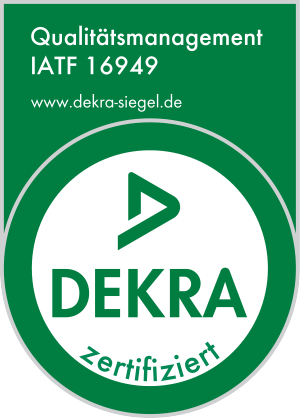
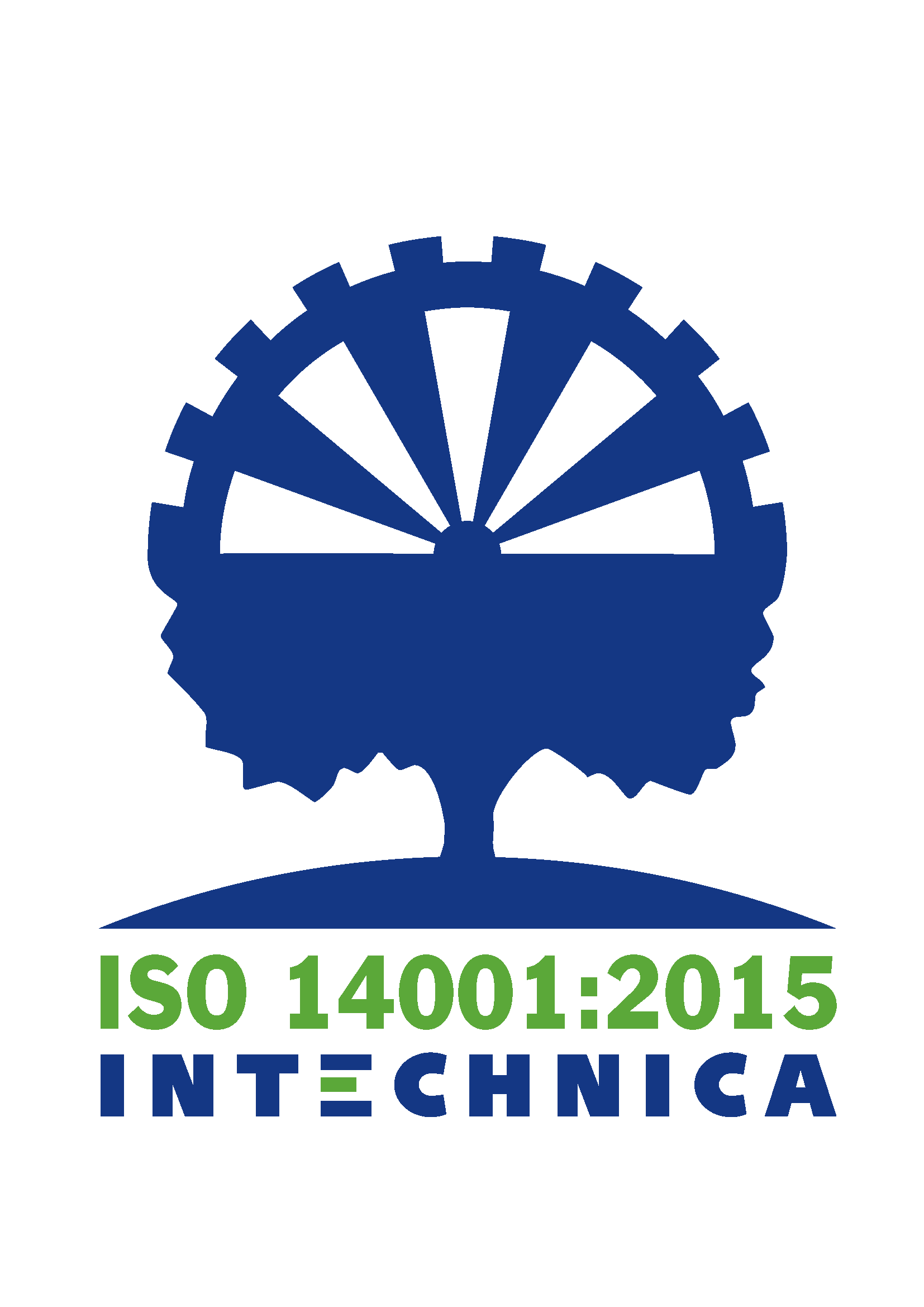

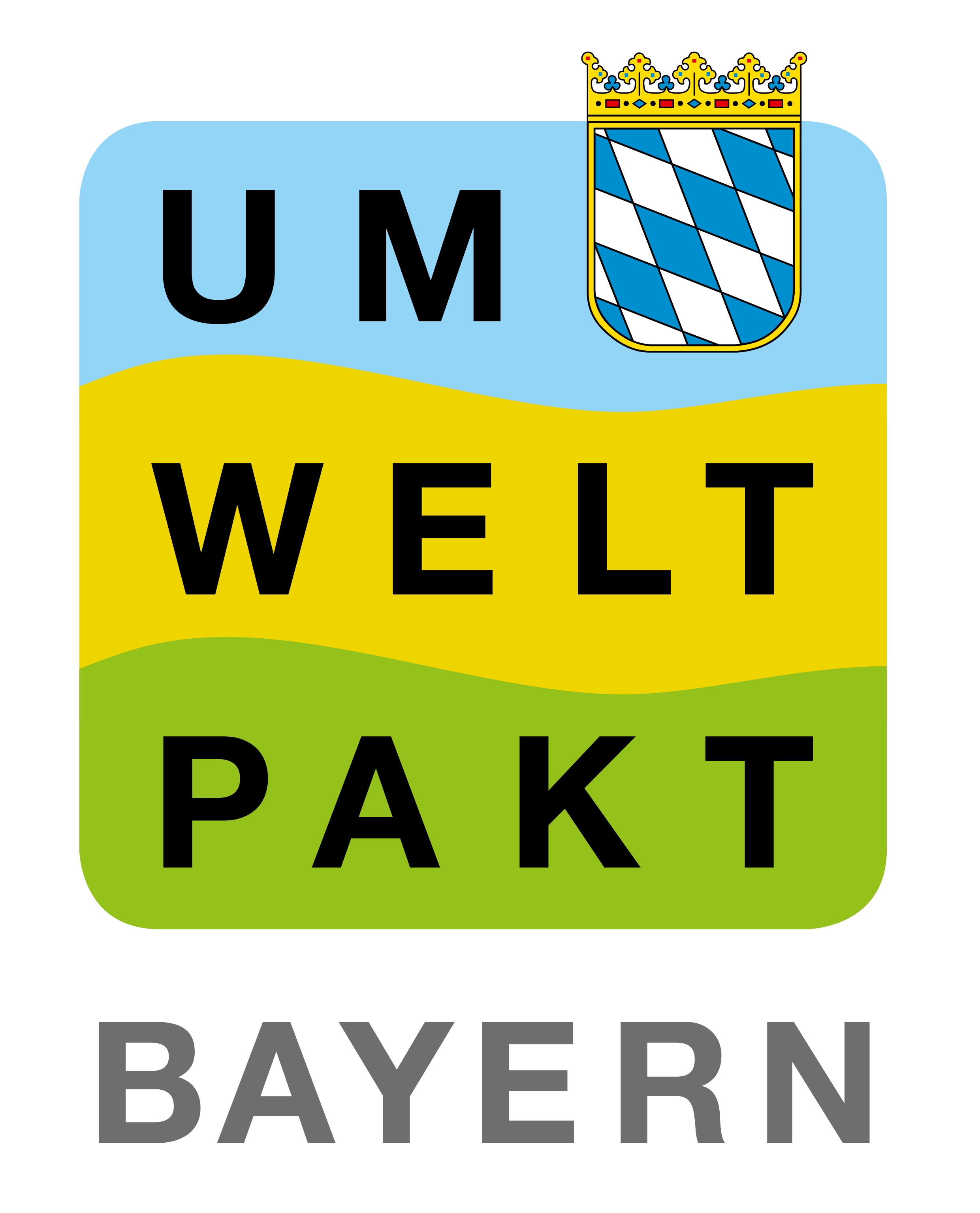
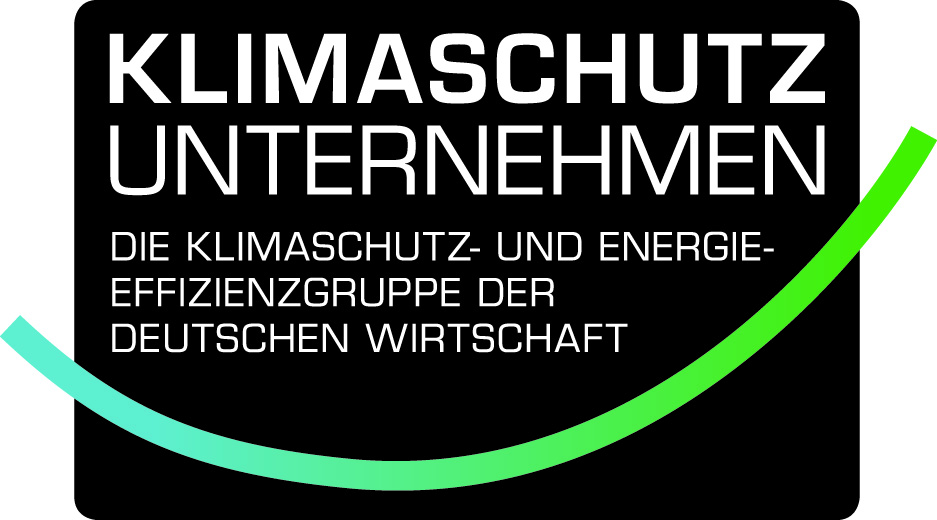
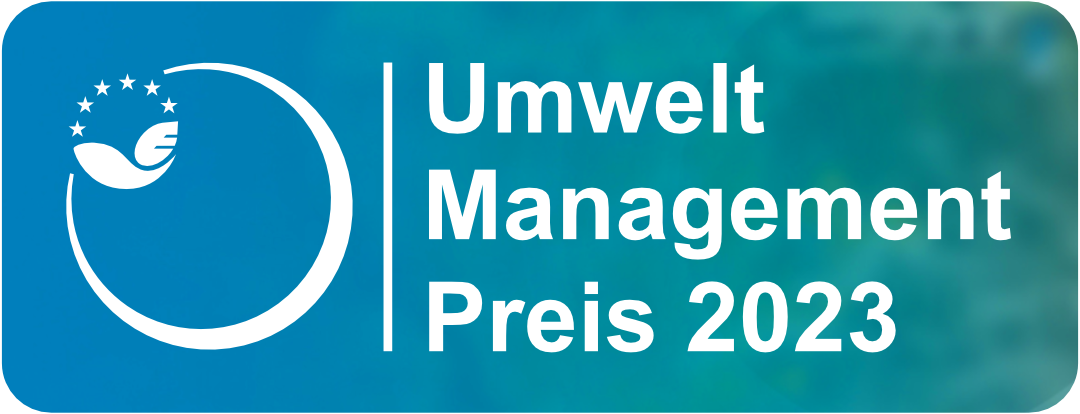

Leave A Comment